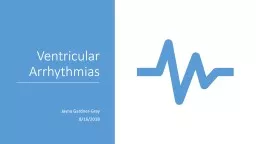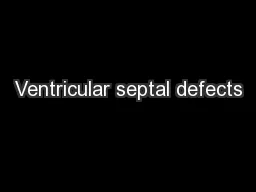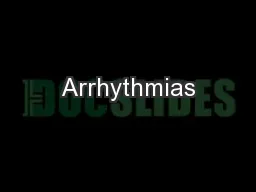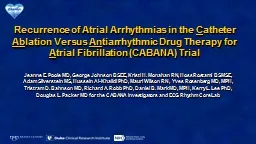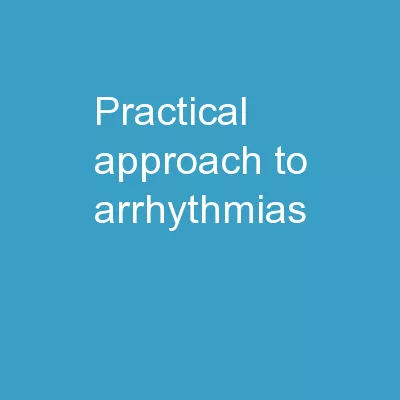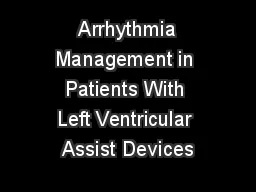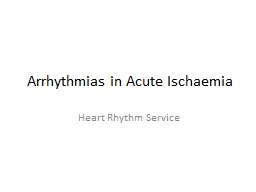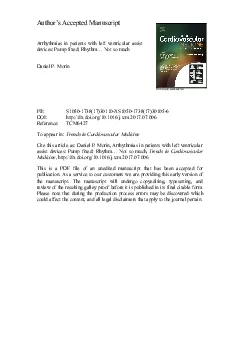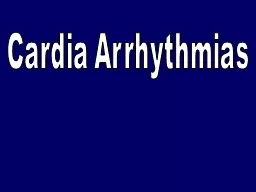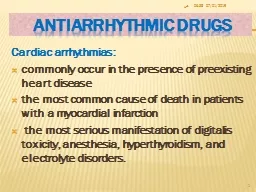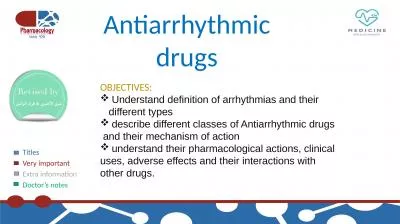PPT-Ventricular Arrhythmias Jayna Gardner-Gray
Author : eliza | Published Date : 2022-02-15
4232020 Abnormal rhythm that originates in the ventricles Increased activity of automatic focus in ventricles Reentry circuit of fast and slow pathway is confined
Presentation Embed Code
Download Presentation
Download Presentation The PPT/PDF document "Ventricular Arrhythmias Jayna Gardner-Gr..." is the property of its rightful owner. Permission is granted to download and print the materials on this website for personal, non-commercial use only, and to display it on your personal computer provided you do not modify the materials and that you retain all copyright notices contained in the materials. By downloading content from our website, you accept the terms of this agreement.
Ventricular Arrhythmias Jayna Gardner-Gray: Transcript
Download Rules Of Document
"Ventricular Arrhythmias Jayna Gardner-Gray"The content belongs to its owner. You may download and print it for personal use, without modification, and keep all copyright notices. By downloading, you agree to these terms.
Related Documents

